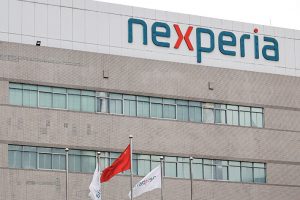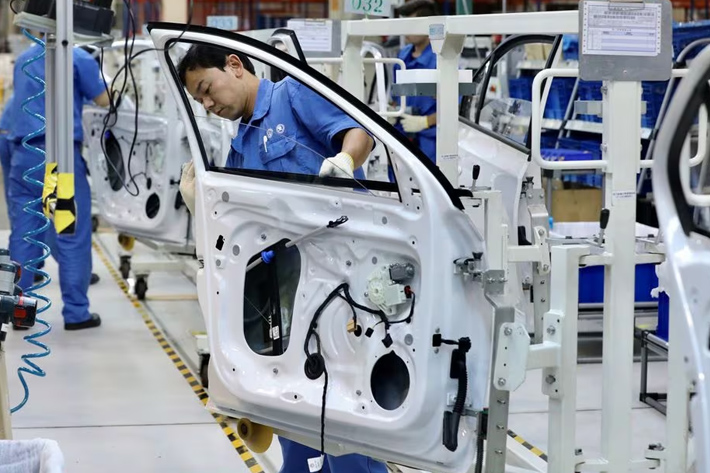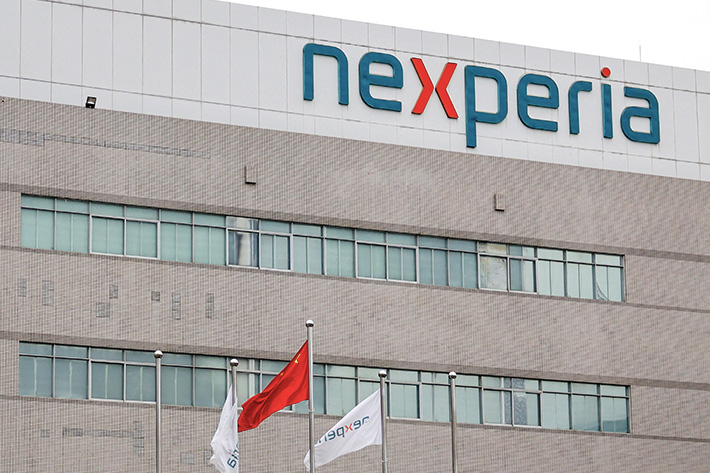Reducing paperwork isn’t the only benefit or goal of digitization in the automotive sector. AI and machine learning can help you manage data effectively—no wonder they’re gaining traction. But adopting these technologies comes with a set of issues. Keep reading to discover what these challenges are and how to effectively avoid them, leaving them in the rearview mirror.
What’s the Difference Between Digitalization, Digitization, and Automation in the Automotive Industry?
Digitalization refers to the broad adoption of digital technologies across an organization or industry. It involves integrating digital tools, platforms, and strategies to enhance processes, create new business models, and drive innovation.
Digitization is more specific, focusing on converting analog processes into digital formats. In the automotive industry, it’s used in vehicle design, manufacturing, sales, and customer service. For example, digital design tools support rapid prototyping, simulation, and virtual testing, leading to faster production cycles and higher-quality vehicles.
Automation involves using technology to perform tasks with minimal human intervention. In the automotive industry, this includes robotic manufacturing, autonomous vehicles, and driver-assistance systems. By improving efficiency, precision, and safety, automation is reshaping production and redefining mobility standards.
Digitization in the Automotive Industry: A Necessary Shift
To improve efficiency, the automotive industry has been integrating advanced automation and digitization technologies into traditional workflows. Take document management, data utilization, or collaboration across the supply chain — what was once reliant on paper is now largely digital, streamlining communication and operational processes. Beyond internal efficiency, digitization also helps businesses meet customer expectations for seamless, user-friendly digital interactions.

At its core, data digitization enhances operations by securing archived information and improving collaboration. With tools like the Comarch EDI system, companies can simplify data management by digitizing document exchange and enabling supply chain automation. By prioritizing data collection, analysis, and digital transformation, automotive businesses gain more accessible and secure information management.
Key Challenges of Digital Transformation in the Automotive Industry
Challenge 1: Managing Costs and Product Data Quality
Cost management remains a major challenge across the automotive supply chain, limiting opportunities for savings. Efficient document exchange between OEMs and Tier 1, 2, and 3 suppliers is crucial for controlling costs, ensuring accurate product data, and maintaining smooth operations. Poor communication and data discrepancies can lead to production delays, compliance issues, and increased operational expenses.
To address these challenges, companies are adopting “just in time” (JIT) or “just in sequence” (JIS) strategies to control costs and streamline processes. Digitization and automation of supply chain functions can significantly enhance business operations by improving transparency and traceability.
Digital solutions such as an EDI system provide better control over manual errors, which are common in quality control, and improve data transfer across departments. These advancements positively impact product quality and associated costs while also reducing production delays and boosting operational efficiency.
Challenge 2: Environmental Impact and Regulatory Pressure
Sustainability is becoming an essential focus across all industries, and the automotive sector is no exception. Growing environmental concerns are influencing both manufacturers and consumers, with an increasing emphasis on “environmental responsibility” during purchasing decisions.
Digitization and automation are helping reduce the environmental impact of automotive production by improving data management, supply chain operations, and shipping processes. Additionally, global regulators are tightening requirements to reduce congestion, lower the sector’s carbon footprint, and enhance transport safety and sustainability. To meet these demands, the industry is working on connected and intelligent solutions.
OEMs and their suppliers are already exploring sustainable concepts such as:
- Smart cities
- Intelligent transport solutions
- Full-digitization of transport infrastructure (with cities like Singapore, Helsinki, and Zurich leading the charge).
At the same time, they are working to meet ESG goals by reducing carbon emissions and building more sustainable supply chains and processes. This includes optimizing logistics, improving energy efficiency in manufacturing, and adopting circular economy principles to minimize waste.
Challenge 3: Outpacing Competitors and Market Demands

Many automotive companies have undergone rapid digital transformations in response to the challenges posed by the COVID-19 pandemic. For larger manufacturers, this change presents opportunities for increased investment and growth. However, to remain competitive, suppliers and partners must adapt to this digital transformation as well.
Digitization in the automotive sector is fundamental for staying competitive and gaining a market edge. It allows businesses to integrate systems and data, leading to greater efficiency and a more robust position against competitors.
Is the Automotive Industry Prepared for Digital Commerce?
Historically, the complexity of the automotive sales process and the established structure of the sales network kept the sector from fully embracing digital transformation. However, the industry is now poised to reevaluate its distribution methods and integrate new tools to manage the increasing volume of data, ultimately enhancing the customer experience.
Many companies in the automotive sector have begun exploring the potential of digital commerce, but they face several challenges, particularly technical hurdles and potential regulatory conflicts, that could slow progress.
Studies by various companies have sparked a reevaluation of the purchasing process, with a focus on digitization. While this could be the right path forward to boost vehicle sales, the industry’s success will depend on its ability to capitalize on the opportunities presented by digital commerce.
4 Main Benefits of Digitization and Automation in Car Manufacturing
1. Optimized Supply Chain Management
- Digitization removes barriers between departments, creating an integrated ecosystem.
- Real-time monitoring across the entire supply chain, from raw materials to customers, improves control and prevents disruptions.
2. Expansion into New Markets
- Digital tools break down communication and organizational barriers, enabling access to new geographic markets and innovative product opportunities.
3. Improved Competitiveness
- Digital tools enable flexible production, allowing for customized models.
- Lean production processes and quick feedback reduce time to market and costs, improving competitiveness.
4. Enhanced Customer Experience
- Digital processes improve customer satisfaction by enabling real-time feedback and more personalized service.
- Automation and new technologies make it easier to serve customers and create a consistent, customer-centric experience across all touchpoints.
How Digitization and Automation Strengthen the Automotive Industry
Digitization in the automotive industry brings significant advantages by making operations smarter and more data-driven across all areas, including manufacturing, supply chain, marketing, sales, and aftersales.

As the supply chain becomes more digital, traditional barriers are removed, boosting collaboration and creating a stronger, more resilient business. The industry must adopt deeper digital strategies, focusing on data management and accurate analytics. Solutions like Comarch EDI streamline document exchange by enhancing supply chain visibility and ensuring seamless communication between partners.
Customer satisfaction and cross-department collaboration are equally important. To fully capitalize on new market opportunities, companies must adjust their culture and mindset, embracing gradual and seamless change.
DISCLAIMER: This is a sponsored post, paid for by Comarch, and does not reflect the opinions or recommendations of Asia Financial News Group. Asia Financial was not involved in the development of this content.






















